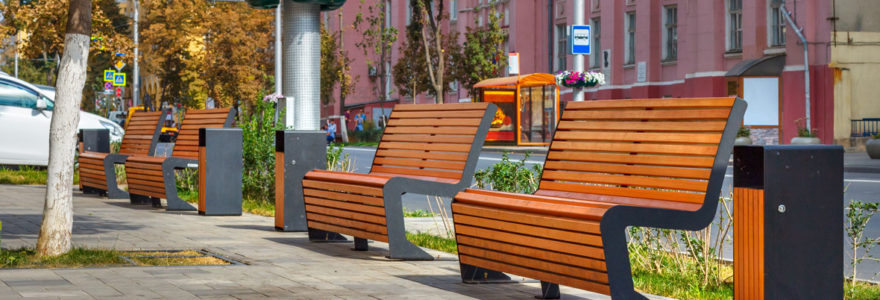In the realm of urban planning, the concept of inclusive design has gained significant traction. This approach, particularly when applied to street furniture, cultivates more accessible and diverse public spaces. Inclusive street furniture plays a pivotal role in shaping urban spaces, making them more accommodating for all, including wheelchair users. By focusing on the creation of play environments, the design process adapts to diverse local needs. This practice not only meets the requirements of all users, but also emphasizes safety, ensuring secure public spaces for everyone. A community-based approach is employed in the design of inclusive street furniture, involving the disabled community, children, and the LGBTQ community, thus crafting spaces that truly reflect the needs and wants of all.
Role of Inclusive Street Furniture in Accessible Urban Spaces
Understanding the significance of inclusive street furniture is paramount for creating spaces that are accessible to everyone. It plays a pivotal role in transforming urban spaces and enhancing the quality of life for all, including the elderly and people with disabilities. A city's street furniture is a reflection of its commitment to inclusivity and accessibility.
Street Furniture Design for Wheelchair Users
Creating a cityscape that is accessible for people with mobility impairments, specifically wheelchair users, necessitates thoughtful design and attentive planning. Designing street furniture, such as benches and tables, at a height that is accessible for wheelchair users is a simple yet effective way to promote inclusivity.
Creating Play Environments in Public Spaces with Inclusive Design
Children's play areas are an integral part of public spaces. By incorporating inclusive design in play equipment, cities can foster outdoor play among all children, regardless of their physical abilities. For instance, wide ramps on play structures allow children with and without disabilities to play together, promoting social inclusion.
Adapting Street Furniture for Diverse Local Needs
Inclusive street furniture goes beyond addressing the needs of the disabled. It takes into consideration the diverse needs of a city's residents. For instance, in places with a significant elderly population, street furniture can be designed to provide support for people with limited mobility. This includes benches with armrests for ease of standing up.
To view examples of inclusive street furniture, click here.
Designing Street Furniture: Meeting the Needs of All Users
Success in the creation of street furniture relies heavily on the inclusive design that caters to the needs of all users. To achieve this, one ought to consider integrating lighting into the street furniture design. Lighting serves to enhance safety and visibility, especially for visually impaired individuals.
Further, designing seats that accommodate various groups including children, the elderly, and the disabled is paramount. Practical advice drawn from case studies shows that seats should be designed in a manner that promotes comfort, ease of access, and functionality.
Street Furniture and Safety: Creating Secure Public Spaces for Everyone
Furnishing urban spaces with safety at the forefront of design has an integral role in city planning. It's about much more than aesthetics; it's about creating public spaces where all users feel safe and secure. The careful selection and installation of street furniture can significantly contribute to this goal.
Consider the power of well-placed benches, lighting, and other urban elements. These seemingly small details make a significant impact on the security and overall feel of city spaces. For instance, adequate lighting can deter potential threats and make places feel more welcoming after dark. On the other hand, strategically located benches can provide rest areas and discourage loitering.
Community Participation in Designing Inclusive Street Furniture
Designing inclusive street furniture involves the community, a process that brings significant benefits. As an exemplification, consider the local university's involvement in encouraging diverse groups to partake in the creation of accessible public spaces. The time invested in such projects has seen neighbourhoods transform and become more welcoming to all.
Involving Disabled Community in Furniture Design
The participation of the disabled community in the design process has a direct impact on the quality and efficiency of inclusive street furniture. This method ensures that the created furniture meets the specific needs of the disabled and enhances their independence.
Children's Input in Crafting Play-friendly Spaces
Children's involvement in designing play spaces is crucial in creating areas that are safe, accessible, and enjoyable for all. Their inputs ensure that playgrounds are inclusive, fostering a sense of belonging among all children.
LGBTQ Community’s Role in Creating Inclusive Public Spaces
The inclusion of the LGBTQ community in the design process of public spaces has led to the creation of inclusive street furniture that respects and caters to their needs. This has greatly improved social inclusion and accessibility in neighbourhoods.
